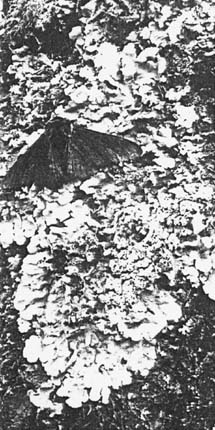|
Every organism plays an offensive and a defensive role: It tries to get what it needs, and at the same time to protect itself against dangers, often generated by its neighbors trying to get what they need. A continual competition exists between buildup and breakdown, or anabolism and catabolism. An unprotected life form would be destroyed quickly and its materials absorbed into its neighbors. The most elementary protective measure is a barrier membrane, and there is no life form above the level of viruses that does not have one. The membrane demarcates the boundary between organism and surroundings, and regulates the flow of materials in and out. Other static safeguards have been invented by living organisms, among them cell walls, bacterial slime capsules, exoskeletons, shells, spines, barbed-wire fences, and concrete blockhouses. Simple fecundity, or production of vast numbers of offspring, is another type of static safeguard. It does not matter if stickleback are a relatively defenseless fish when young, as long as so many are produced at one time that some are sure to survive. Right: The peppered moth is a case study in evolution. The moth exists in light and dark forms. Each form has stored within its DNA the instructions for the kind and distribution of wing pigmentation.On a lichen-covered tree the light form is nearly invisible. In the absence of pollution, this form has a better chance for survival. Courtesy Dr. H. B. D. Kettlewell. |

|